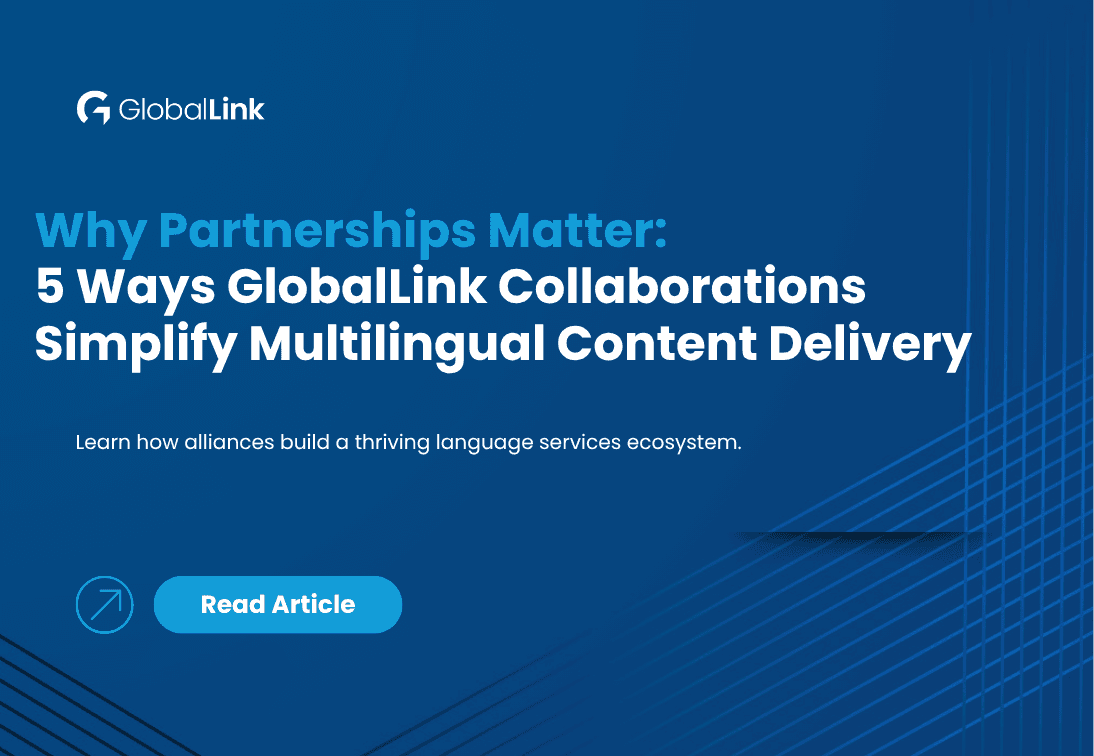Most Recent Article
December 15
AI-powered localization helped Hilton deliver a full digital experience across all websites. Read this blog to learn six practical lessons from their strategy.

From The Blog

Why Partnerships Matter: 5 Ways GlobalLink Collaborations Simplify Multilingual Content Delivery
GlobalLink simplifies multilingual content delivery through partnerships. Learn how integrations enhance efficiency and innovation.
Imran Sadiq
Updated on Oct 16, 2025
Updated on Oct 16, 2025

How to Unlock Performance with Enterprise Localization Technology
Localization technology empowers enterprises to streamline website localization with AI and automation. Discover intelligent performance.
Imran Sadiq
Updated on Oct 16, 2025
Updated on Oct 16, 2025

5 Ways Generative AI Is Transforming Global Websites
Explore five practical ways generative AI is transforming global websites, from content and multimedia to search, imagery, and accessibility.
Imran Sadiq
Updated on Sep 10, 2025
Updated on Sep 10, 2025

Realize ROI Sooner: How GlobalLink’s Enterprise Website Localization Tool Simplifies the Process
Don't overcomplicate your localization process.
Vasi Katris
Updated on Jul 25, 2025
Updated on Jul 25, 2025

Speed and Efficiency: The Missing Links in Website Localization
Enterprise website localization should have these key qualities.
Vasi Katris
Updated on Jul 25, 2025
Updated on Jul 25, 2025

Maximizing ROI: Why Enterprises Need Scalable Website Localization Support
Increase productivity without compromising quality.
Vasi Katris
Updated on Jul 25, 2025
Updated on Jul 25, 2025






























